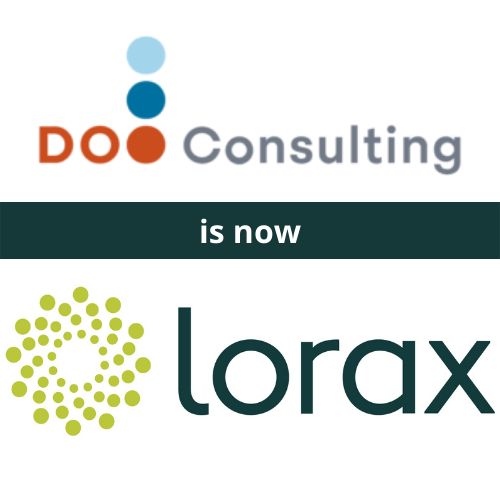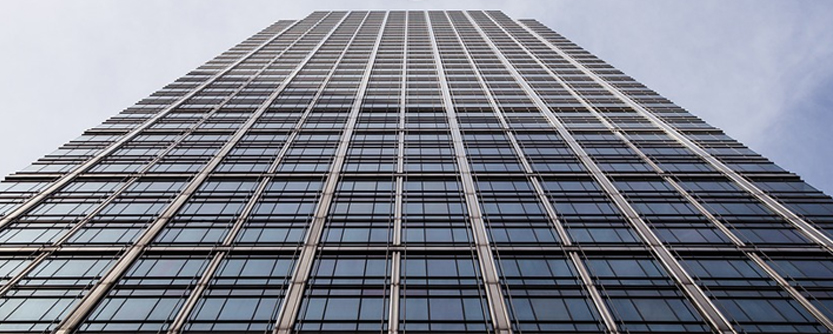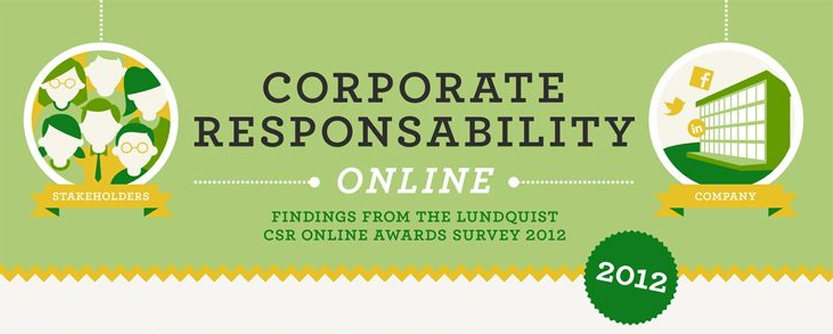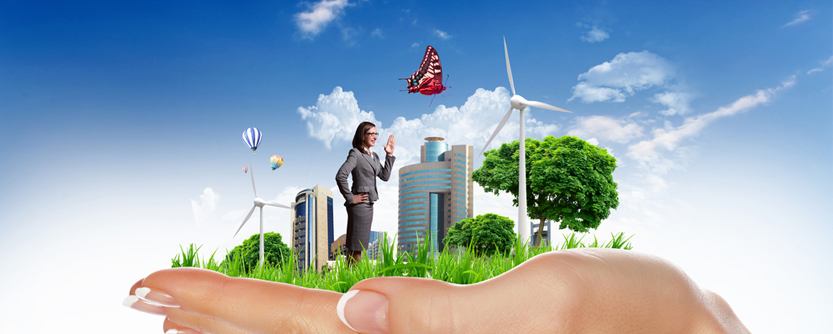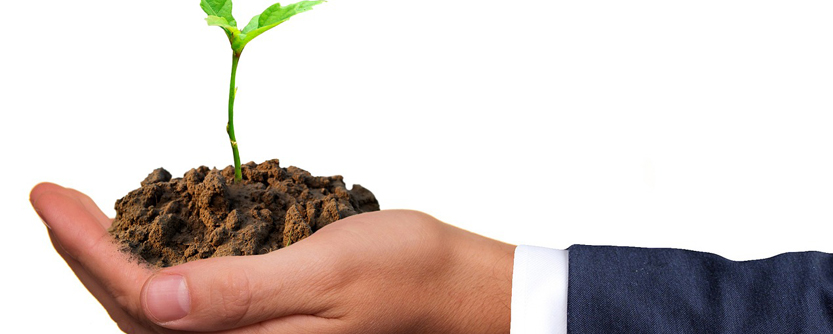Welcome to the Year of the Green Wooden Sheep. As we say farewell to the Year of the Wooden Horse (2014), with its promise of travel and movement, we hope your ride over the past twelve months took you where you wanted to go.
We welcome 2015, the Year of the Green Wooden Sheep, that corresponds to renewal, growth and balance. The Sheep brings promises of a calm, but not sedate atmosphere in which to prosper. Combined with the evergreen and renewal characteristics of wood, the Sheep’s creativity will be unleashed. This is the year for contemplating and appreciating what has already been accomplished, to think about bringing goodness to others. A steady path, generosity, and keeping the peace are this year’s mantra. The renewal characteristics of wood enable each organization’s creativity unleashed.

Doo’s News
Doo Consulting has always taken pride in its individuality, and has enjoyed opportunities to share and collaborate. In the year of the sheep, remain good to others. Remain steady, generous, and peaceful.
There are five elements in the Chinese zodiac: wood, fire, earth, metal, water which are associated with their own “life force” or “chi”. This energy blends with a corresponding animal to determine that year’s fortune. In 2015, the corresponding element is wood. Wood by its very nature, is the element associated with all living things, the spring or life renewal process. Wood relates to trees, which relate to the color green. We hope this means good fortune for green businesses!
Our own ride in 2014 was eventful. We consolidated the LEED consulting services of TerraLogos EcoArchitecture, pc with Doo Consulting creating a broader and stronger practice in this service area. We partnered with some awesome teammates to successfully win the Baltimore City Schools Program Sustainability Consulting contract, MGM National Harbor Casino & Hotel, LEED certification of the Oriole Park at Camden Yard Complex and a 730 bed STEM Residence Hall at University of Connecticut. One of the most fascinating and enjoyable experiences of the year was the extremely successful facilitation of a multi-day Living Building Challenge project charrette for the Lemur Conservation Foundation in Myakka City, Florida. This is our second hands-on experience with a LBC project. We are also assisting in the DC Affordable Living Design Competition where we will serve on a team charrette panel and the jury! We look forward to 2015, Year of the Wooden Sheep.


Hot Picks
This year Doo Consulting brings you links to interesting apps that can help ease and advance sustainability goals for your clients and yourselves. WeSpire and One Small Act help track and measure the cumulative impact of collective energy and water savings and other lifestyle actions such as walking or bicycling to work, carrying your own water bottle and other small acts (hence the name). The Green Button is a tool that can be used by homeowners and commercial building managers alike to manage energy use. H–app-y Year of the Sheep! Read on and enjoy
WeSpire and One Small Act are web based engagement programs that can help individuals and organizations realize sustainability or social responsibility targets and measure their impact. Engagement is one of the greatest challenges when attempting to initiate change individually or within an organization. Tracking and measuring impact is another. WeSpire and One Small Act attack these challenges by engaging people in networks with others, establishing teams and tapping into people’s inherent desire to improve and compete. Think that your individual efforts don’t make a difference? Think again.


The Green Button – Your energy data is just a click away!
The Green Button Initiative is a government sponsored, industry-led effort that provides utility customers with easy and secure access to their energy usage information in a consumer-friendly and computer-friendly format. In late 2012 and early 2013, the Green Button had been adopted by utilities and electric suppliers who made energy data available to individuals and commercial building owners with a simple click of a literal “Green Button” on electric utilities’ websites. With their own data in hand, consumers can take advantage of a growing array of online services to help them manage energy use and save on their bills.
To date, a total over 50 utilities and electricity suppliers have signed on to the initiative. In total, these commitments ensure that over 60 million homes and businesses will be able to securely access their own energy information in a standard format. The following utilities have already committed to Green Button: American Electric Power, Austin Energy, Baltimore Gas & Electric, CenterPoint Energy, Chattanooga EPB, Commonwealth Edison, Glendale Water and Power, National Grid, NSTAR, Oncor, Pacific Power, Pepco Holdings, PG&E, PECO, Portland General Electric, PPL Electric Utilities, Reliant, Rocky Mountain Power, SDG&E, Southern California Edison, TXU Energy, and Virginia Dominion Power.


Apps, apps, apps! At last check, there were more than 60 Green Button apps available, offering a range of capabilities and services. We have provided a link to the site so you can test drive any of the apps yourself. We’ve provided a few apps here for fun. To see a full list of applications, visit the open innovation challenge site HERE.
WattzOn – Comprehensive Energy Management Platform to save money & Energy
This name seems to be a play on IBM’s Watson and Watts – related to the term energy. The app is a comprehensive energy management platform designed to help people save money by saving energy. The app analyzes usage by room, equipment and time of day. Can also analyze information at the community level for larger scale projects.


Energy Tipper – Makes Energy Data Beautiful
Loved this one. Its goal is to make energy data beautiful – and accessible. The app is virtually all images with few words, yet it also uses the Green Button to pull in data, analyze it and generate warnings, recommendations and tips. The images are amusing, but they do work with the phrases or guidance. The website is under construction but check out their YouTube video.

Combines a Social media platform (Facebook) with an incentive game and energy tips along with the data. The foundation for this program is based on scientific research that indicates that different people respond differently to things, and differently to different things. This program relies on consumer engagement, so it offers a variety of experiences to attract more individuals. The activities have frequent interactions, and include incentives to serve as motivators. The more interaction there is with the customer, the more the experience improves, and the greater the engagement becomes. Take a look!

In addition to providing LEED project administration services, Doo Consulting, LLC assists businesses meet their broader sustainability goals. Let us know if we can help you!
